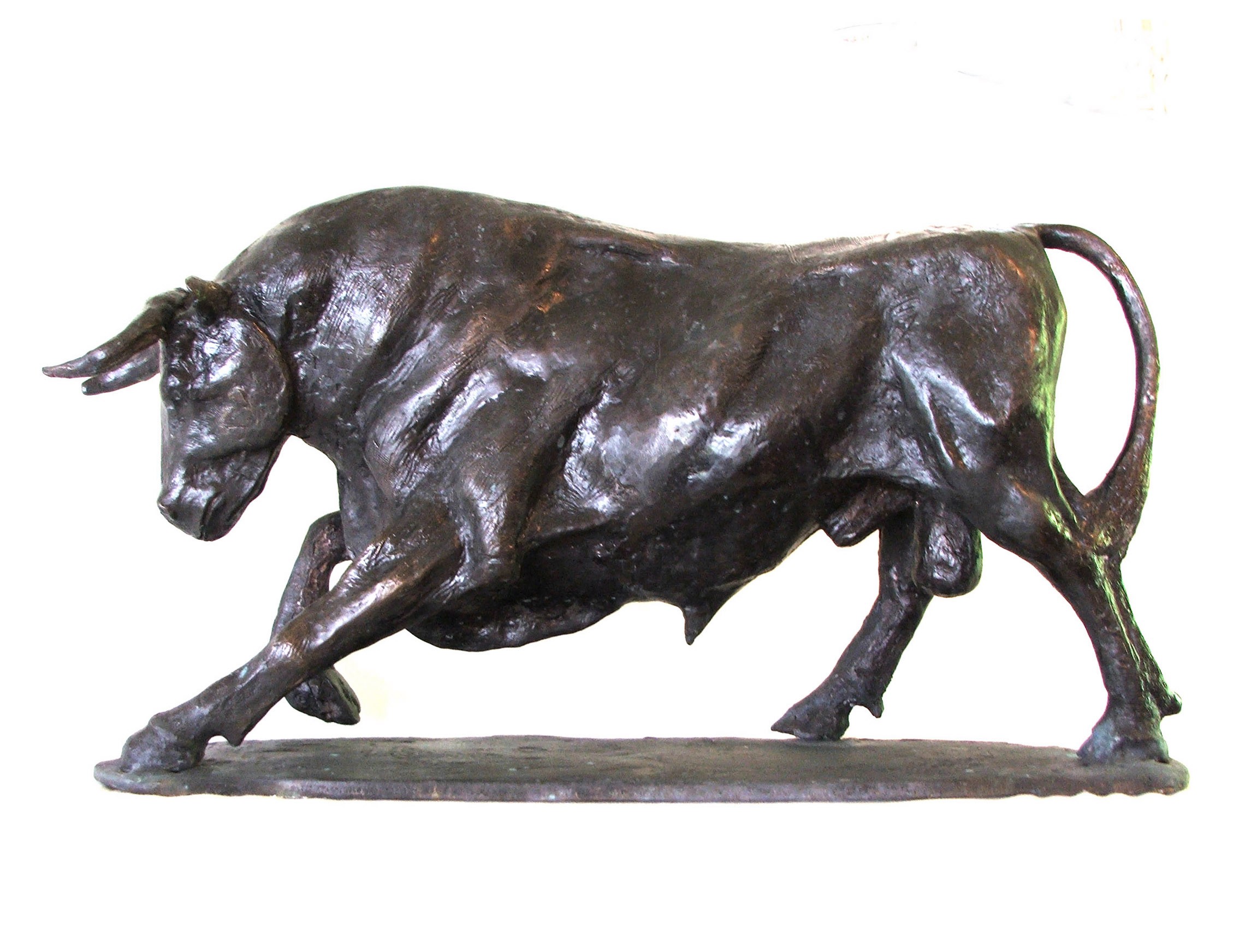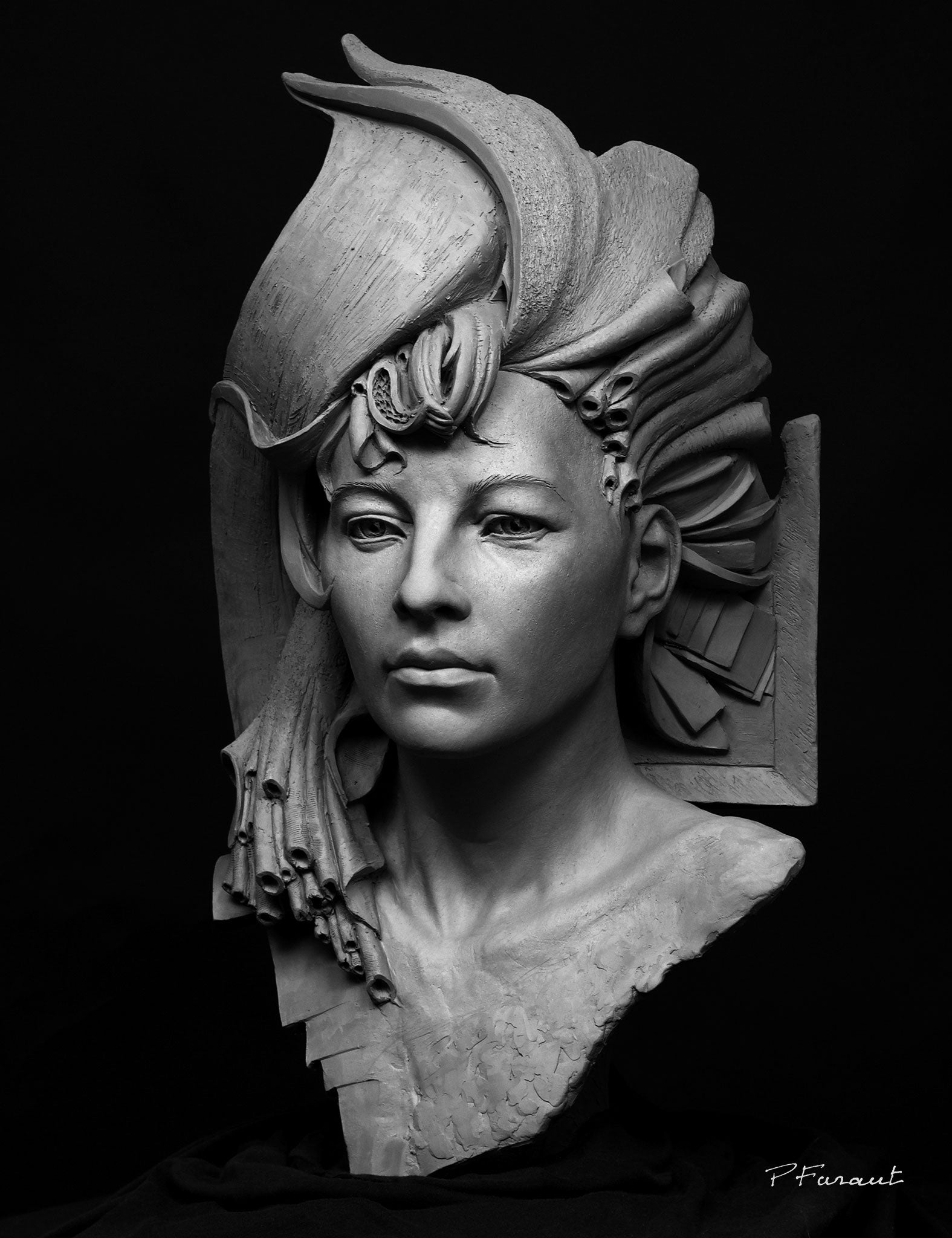Master of Faces: Explore the Globe of a Portrait Sculptor
Wiki Article
The Evolution of Sculptures: From Ancient to Modern
The Development of Sculptures: From Old to Modern. Equine Sculptures.Sculpture, one of the earliest types of art, has been an integral part of human people for millennia. From the old worlds of Egypt and Greece to the modern period, sculptures have actually progressed, showing adjustments in artistic techniques, materials, and cultural impacts. This trip through time traces the advancement of sculptures, discovering the changes stylishly, subject, and imaginative expression.
Starting with the ancient world, sculptures crafted from stone and later bronze caught the significance of divine beings, rulers, and everyday life. The Renaissance period experienced a rebirth of classical sculpting methods, as musicians looked for to emulate the elegant forms of old Greek and Roman sculptures (Contemporary Sculptures). In the modern-day era, musicians challenged traditional borders, accepting abstraction and experimentation with brand-new materials
This expedition will explore the diverse advancement of sculptures, exposing the abundant tapestry of creative expression throughout different durations and cultures.

Ancient Sculptures: From Stone to Bronze
Ancient sculptures transitioned from being sculpted out of stone to being cast in bronze. Rock sculptures, while impressive in their very own right, were limited by the nature of the product. Equine Sculptures.The intro of bronze as a tool for sculptures brought around a change in creative expression. Bronze used sculptors the opportunity to produce natural and detailed kinds that were not possible with stone. The process of casting bronze allowed for the creation of multiple copies of a sculpture, allowing broader circulation and conservation of these artistic masterpieces.
The transition from rock to bronze additionally saw a shift in the subject of sculptures. While rock sculptures primarily illustrated gods, sirens, and mythical figures, bronze sculptures began to show a more comprehensive array of subjects, consisting of day-to-day individuals and animals. This growth of subject issue showcased the adaptability and flexibility of the bronze medium.
Renaissance Resurgence: Sculpting in the Classic Style
The Renaissance resurgence of sculpture witnessed a renewal in the classic design, structure upon the improvements made throughout the transition from stone to bronze in old sculptures. Throughout this duration, musicians sought to recreate the classic visual and ideals of charm that were prevalent in ancient Greek and Roman sculptures.Among the essential attributes of the Renaissance rebirth was the emphasis on naturalism and the human form. Sculptors like Donatello and Michelangelo make every effort to catch the anatomical details and expressions of their topics with extraordinary accuracy. They examined the human body and integrated their observations right into their sculptures, leading to lifelike and reasonable depictions.
Another important element of the Renaissance resurgence was the expedition of viewpoint and deepness. Artists used techniques such as contrapposto, where the weight of the body is changed to one side, developing a sense of activity and dynamism. They also try out different products, including marble and bronze, to accomplish a level of refinement and ins and out in their sculptures.

Modernism and the Avant-Garde: Breaking Typical Boundaries
Throughout the Innovation and Avant-Garde activities, carvers pushed the borders of standard creative conventions. This period, which arised in the late 19th and very early 20th centuries, saw a significant change in the means artists came close to sculpture. Rejecting the notion of art as plain imitation, modernist carvers sought to discover brand-new forms, materials, and concepts.
One of the key attributes of modernist sculpture was the focus on abstraction. Artists relocated far from reasonable representations and instead concentrated on capturing the significance of the subject through simplified types and geometric shapes. This separation from standard depiction enabled musicians to share their feelings and concepts in a much more personal and subjective manner.

Contemporary Sculptures: Exploring New Materials and Concepts
With a concentrate on exploring new products and concepts, modern sculptures have revolutionized the field of art. Artists today are pressing the boundaries of standard sculpture by exploring and utilizing ingenious materials with abstract concepts. These sculptures test traditional notions of type, materiality, and definition, welcoming visitors to involve in a new and provocative artistic experience.Contemporary artists are welcoming a vast array of products, including plastic, glass, steel, and even raw material. They are not restricted to the standard medium of stone or clay, allowing for higher civil liberty and trial and error. This shift towards unusual products has opened brand-new possibilities for musicians to produce sculptures that are vibrant, interactive, and visually striking.
In addition to exploring brand-new products, modern sculptures also look into facility and abstract concepts. Artists are currently discovering styles such as identification, social problems, and the setting, using sculpture as a powerful medium for social discourse and self-questioning. These sculptures test audiences to think critically and involve with art on a deeper level, sparking discussions and provoking emotional feedbacks.
Worldwide Influences: Sculptural Traditions From Worldwide
Sculptural traditions from numerous regions of the globe have considerably shaped the development of sculptures throughout background. The worldwide influences on sculpture have actually varied and have added to the splendor and variety of artistic expressions. From the old worlds of Egypt, Greece, and Rome to the detailed makings of Eastern cultures, each region has actually created its unique sculptural customs that have actually influenced artists across time.In ancient Egypt, sculptures were produced primarily for religious and funerary purposes. The iconic sculptures of pharaohs and gods, such as the Great Sphinx and the bust of Queen Nefertiti, display the Egyptians' mastery of stone sculpting and their idea in the immortality.

In ancient Rome, sculpture offered both creative and political objectives. Roman sculptures usually portrayed emperors, generals, and check my site mythical figures, showing the power and magnificence of the realm. The marble statuary of Augustus of Prima Porta and the huge Arch of Constantine are noteworthy examples of Roman sculptural accomplishments.
Eastern sculptural traditions, particularly in India, China, and Japan, have likewise had an extensive influence on the evolution of sculptures. Indian sculptures, such as the elaborately carved holy places of Khajuraho and the enormous statues of Buddha, exhibit a rich combination of religious, mythological, and architectural components. Chinese sculptures, characterized by their fine workmanship and focus to information, typically depict divine beings, pets, and fabulous numbers. Japanese sculptures, affected by Buddhism, stress simpleness and tranquility, seen in the serene statues of Buddha and the stylish art of bonsai.
The global impacts on sculpture proceed to evolve in the modern era. Artists today draw motivation from numerous sculptural customs, incorporating brand-new products, methods, and concepts to develop innovative and thought-provoking artworks. The combination of different social influences has generated a diverse and vibrant sculptural landscape, showing the interconnectedness of our global society. As we aim to the future, it is certain that the worldwide influences on sculpture will certainly proceed to form and redefine this ancient art type.
Final Thought
In conclusion, the development of sculptures has seen a shift from ancient rock and bronze works to the classic revival throughout the Renaissance. This was complied with by the breaking of typical limits via modernism and the progressive movement. Today, modern sculptures explore brand-new materials and principles, while likewise drawing inspiration from international sculptural traditions. The trip of sculptures shows the ever-changing creative expressions and cultural influences throughout background.From the ancient people of Egypt and Greece to the modern age, sculptures have advanced, showing changes in creative strategies, materials, and social impacts.Beginning with the old globe, sculptures crafted from stone and later bronze caught the essence of deities, rulers, and daily life.Ancient sculptures transitioned from being carved out of rock to being cast in bronze. While stone sculptures predominantly depicted gods, sirens, and mythical figures, bronze sculptures started to mirror a wider range of topics, including daily individuals and animals.In final thought, the evolution of sculptures has seen a shift from ancient rock and bronze works to the classical revival during the Renaissance.
Report this wiki page